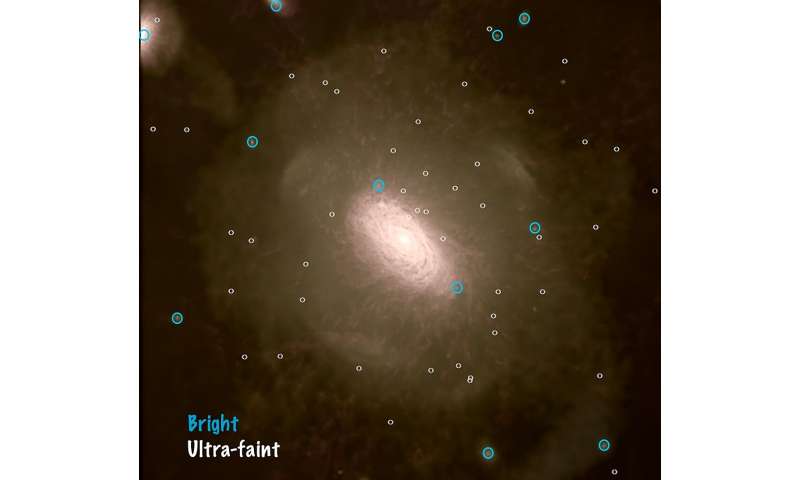Best of Last Week – Oldest galaxies in universe, solving spaghetti mystery and poor sleep impact on social life

It was a big week for space news as a team of astronomers from the Institute for Computational Cosmology at Durham University and the Harvard-Smithsonian Center for Astrophysics identified some of the oldest galaxies in the universe—and they were orbiting the Milky Way. Also, a team at Lockheed Martin gave a first look into where astronauts may live on missions to deep space—in a massive cylindrical habitat. And in a massive region of space, astronomers found far fewer galaxies than they expected. The team from the University of California used the Subaru telescope on Mauna Kea to search for galaxies of young stars in an exceptionally large region of space—one 500 million light-years across. Also, an international team found evidence suggesting that exoplanets may contain vast amounts of water—and they appear to be very common.
In technology news, the team at Google's Deep Mind reported that they had developed neural arithmetic logic units, which they claim should allow neural networks to represent and manipulate numerical quantities. And a team of engineers at Sandia National Laboratories announced the creation of the most wear-resistant metal alloy in the world—one made from platinum and gold. In other news, a team of mathematicians at MIT made headlines by solving an age-old spaghetti mystery—why the pasta breaks into three or more pieces when bent, instead of just two.
Also, a team with members from the University of Birmingham and Swansea University in the U.K. and SUNY Downstate Medical Center in the U.S. found that e-cigarette vapor disables key immune cells in the lung and boosts inflammation by impairing the activity of alveolar macrophages. And a team led by Ian Power of Trent University gave a presentation at this year's Goldschmidt Conference outlining a way to make a mineral that can remove CO2 from the atmosphere—and perhaps slow global warming.
And finally, if you are one of the millions who have noticed that your social life leaves much to be desired, you might want to look at how well you are sleeping—a team at the University of California, Berkeley found through conducting several experiments that poor sleep triggers viral loneliness and social rejection.
© 2018 ScienceX